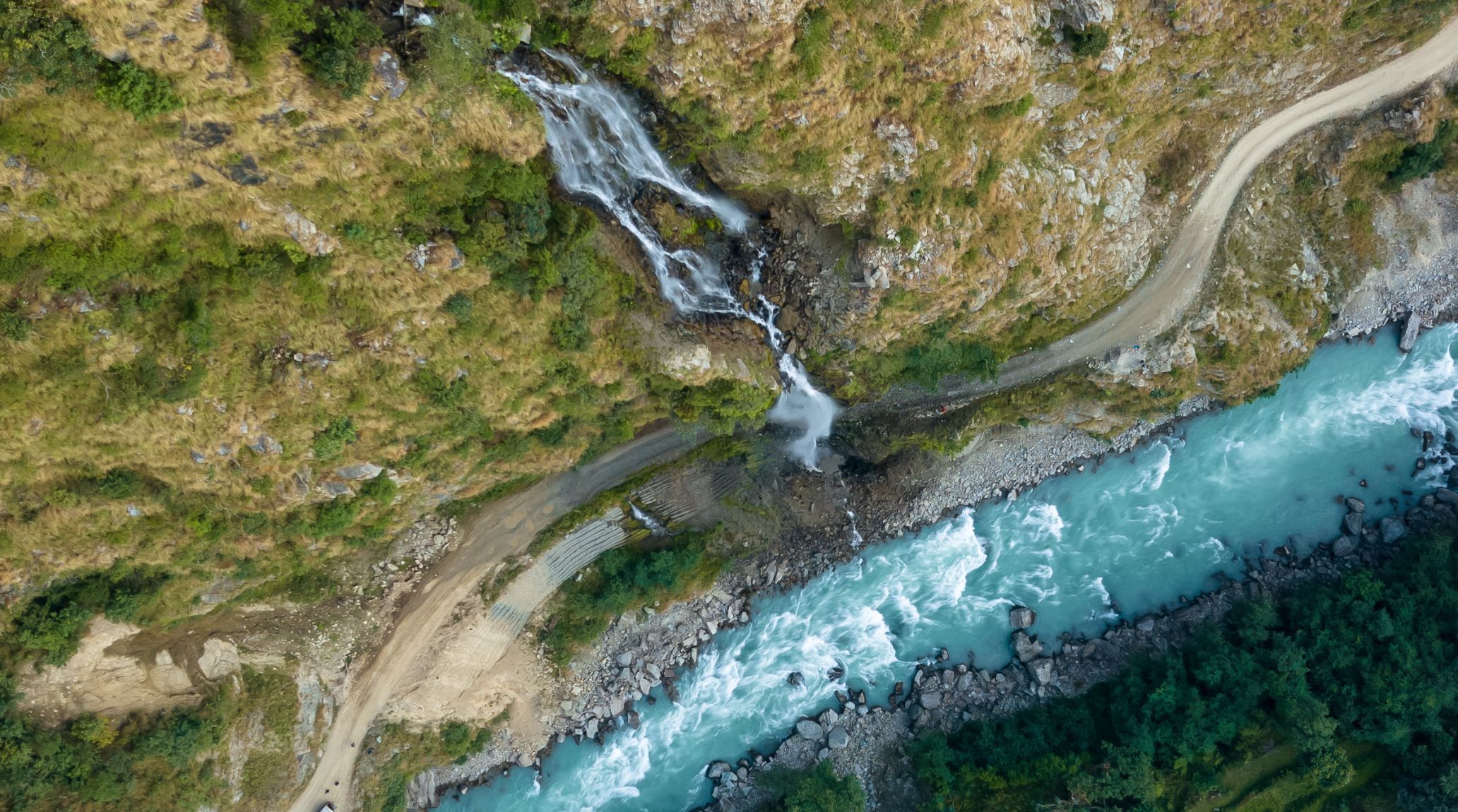
“
Waterways in Mesolithic societies were more than just sources of sustenance—they shaped entire ways of life. During the Mesolithic period, rivers, lakes, and coastlines were essential for fishing, transport, and migration. This article uncovers 20 fascinating facts about how waterways influenced the social, economic, and cultural dynamics of Mesolithic societies.1
1
”
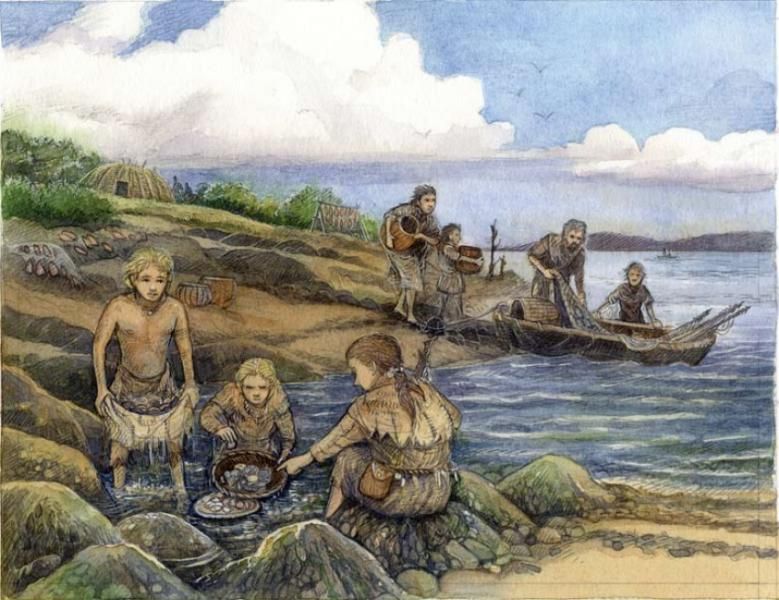
Mesolithic people maintained a deep connection to the sea, depending on coastal regions for their livelihood and communication. This period also saw significant advancements in watercraft technology.
The Thames, flowing through London, was vital for trade and transportation during the Mesolithic. Early inhabitants utilized its resources for fishing and gathering, fostering settlements along its banks. 1
Mesolithic communities crafted a variety of watercraft designed for navigating rivers, lakes, and coastal regions. These vessels played a vital role in transportation, enabling the movement of people and goods. 2
In ancient Egypt, the Nile was central to agricultural development and daily life. Mesolithic populations relied on its flooding cycles for fertile land, which enhanced food production. 3
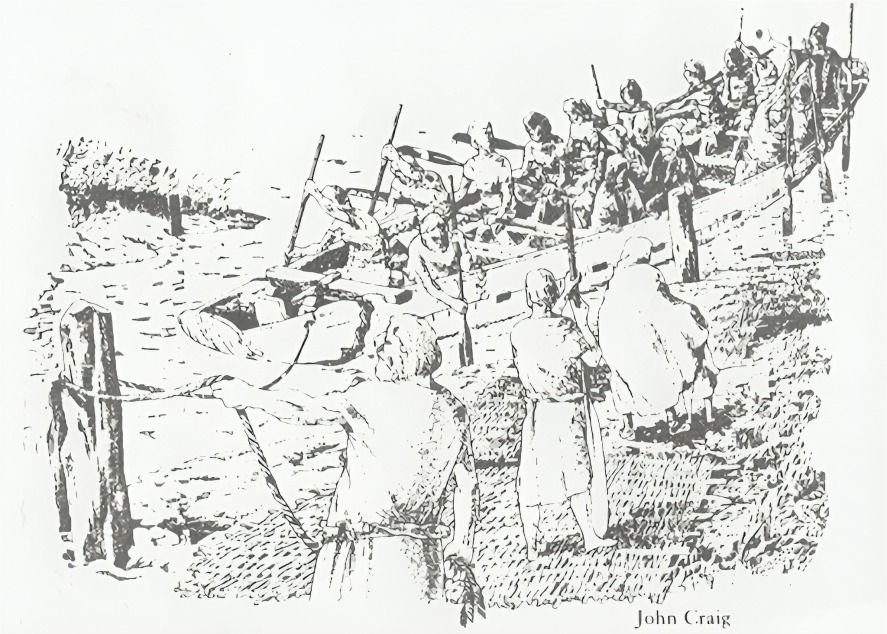
Mesolithic watercraft showcased a diverse range of designs and sizes, reflecting their intended uses and local traditions. Among these were dugout canoes, carved from single tree trunks, which were ideal for river navigation.
The Amazon, the world’s largest river system, was key for Mesolithic societies in the rainforest. It supported rich biodiversity, providing fish and other food sources. The river also played a role in cultural practices and trade among communities. 4
Flowing through Paris, the Seine was important for early Mesolithic settlements. Its waters provided fish and transportation, supporting local economies. Archaeological discoveries of canoes indicate advanced watercraft technology. 5
The Indus was vital for the Mesolithic people of the Indian subcontinent. Its seasonal floods enriched the soil, promoting agriculture and settlement. Canoes were utilized for fishing and transportation, enhancing trade networks. 6
As Asia's longest river, the Yangtze supported Mesolithic communities with its abundant resources. It was a key fishing ground, and advanced boats were developed for navigation. The river enabled trade between different cultures.7
Archaeological discoveries of preserved boat remains and rock art depicting watercraft offer valuable insights into the role of boats during the Mesolithic era. Which reveal the construction techniques and materials used. 8
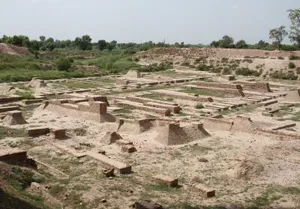
The Ganges was a lifeline for Mesolithic communities in India. Its waters provided irrigation for agriculture and fishing resources. Canoes allowed navigation for trade and cultural exchange.
The Po River in Italy was crucial for early Mesolithic settlements. Its fertile plains supported agriculture, while the river provided fish and trade routes. Archaeological evidence shows the use of canoes for transport. 9
The Loire, France’s longest river, was significant for Mesolithic populations. Its diverse ecosystems offered food sources, while its waters facilitated transport. Canoes were developed for fishing and trade along the river. 10
Flowing through Rome, the Tiber was vital for trade and communication during the Mesolithic. Its banks supported agriculture and fishing, attracting early settlers. The development of watercraft improved navigation and commerce. 11
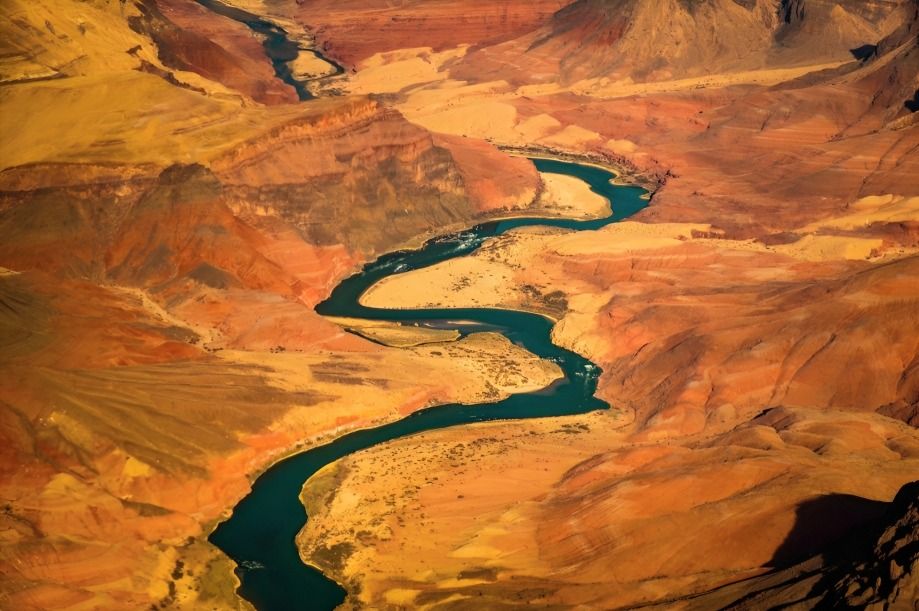
The Colorado River was significant for Mesolithic tribes in the southwestern United States. Its waters provided essential irrigation for agriculture in arid regions. Canoes and rafts facilitated transport and fishing along the river.
The Mekong served as a lifeline for Mesolithic communities in Southeast Asia. Its rich biodiversity provided fish and other resources for sustenance. Advanced canoes were used for navigation and trade, connecting various cultures. 12
The Elbe in Central Europe was essential for Mesolithic trade and communication. Its waters supported fishing communities and agriculture along its banks. Dugout canoes allowed for efficient travel and transport of goods. 13
In Canada, the Ottawa River was crucial for Mesolithic tribes. It provided a rich fishing ground and fertile land for agriculture. Canoes were integral for transportation and trade, linking various communities. 14
The Zambezi, one of Africa’s longest rivers, supported Mesolithic societies with abundant resources. Its waters provided fishing and irrigation for agriculture. Canoes were used for travel and trade, connecting communities across its length. 15
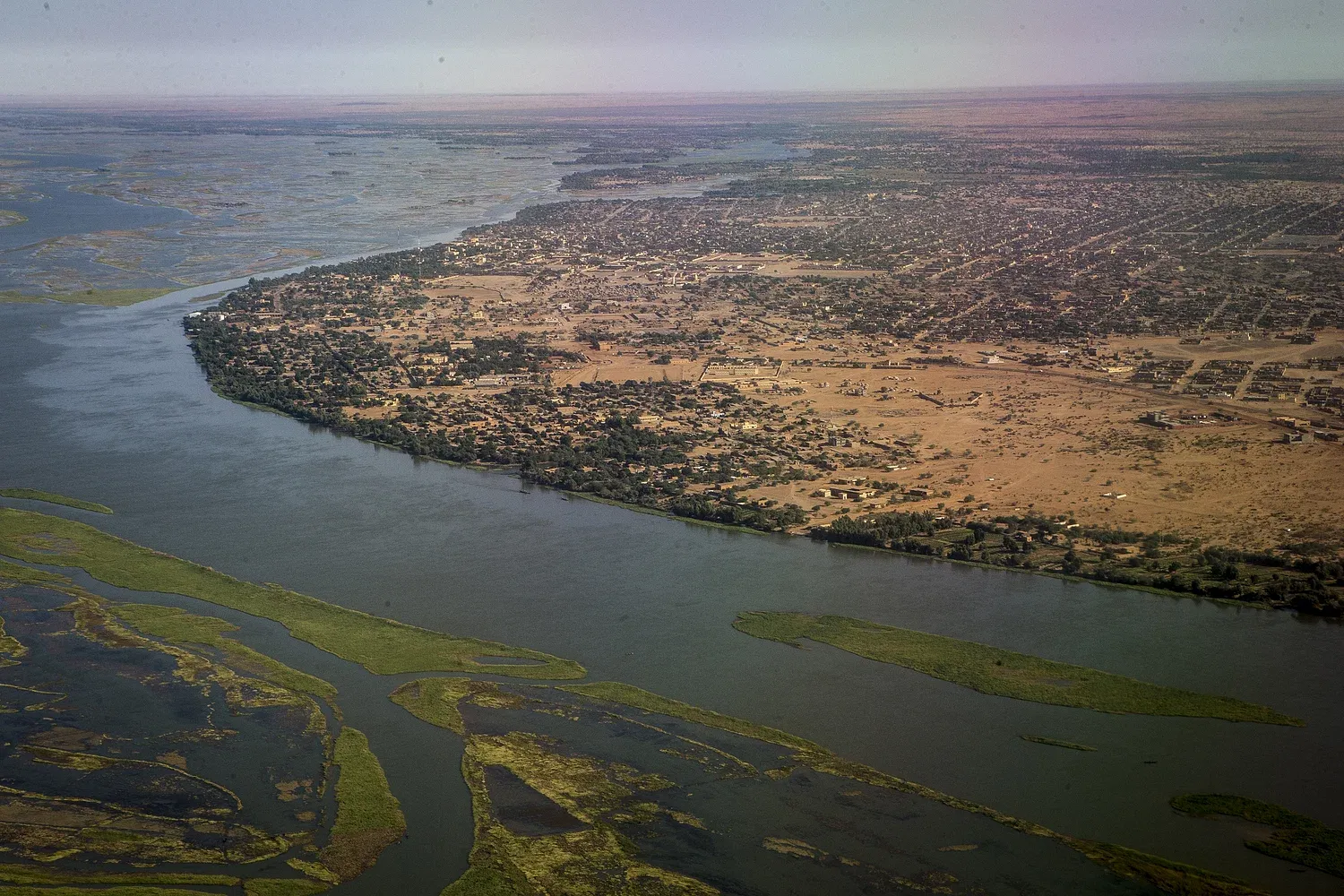
The Niger was a lifeline for Mesolithic societies in West Africa. Its waters supported agriculture and provided a rich fishing ground. Advanced watercraft facilitated transport and trade among diverse communities.


